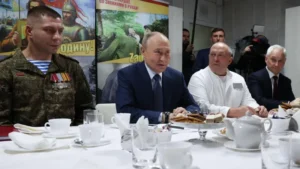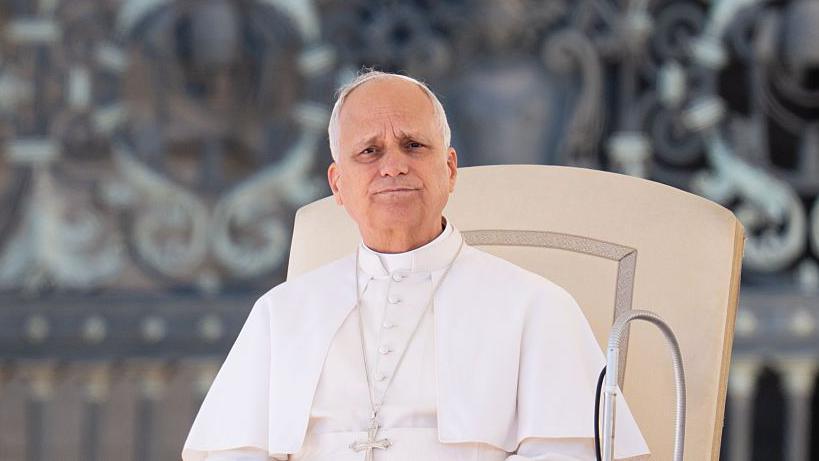Putin’s Latest Nuclear Boast
During a meeting with war veterans this week, Russian President Vladimir Putin announced the successful test of a new generation of nuclear weapons.
“There is nothing like this,” Putin said while unveiling the Poseidon, a nuclear-powered underwater drone capable of carrying a nuclear payload. Russian officials claim it could “render entire nations inoperable” if deployed.
The Poseidon test follows Moscow’s announcement of another trial — the Burevestnik, a nuclear-powered cruise missile with “unlimited range.” Putin described it as a “unique product unmatched in the world.”
Weapons Designed for Retaliation
Despite the dramatic presentation, military analysts remain skeptical about their practical use.
“These are basically Armageddon weapons,” says Mark Galeotti, a Russian security expert. “They’re designed for second-strike retaliation — weapons you use only if you’re willing to destroy the world.”
The Poseidon and Burevestnik, first unveiled in 2018, have faced technical and safety challenges. In 2019, an explosion linked to the Burevestnik killed five nuclear engineers. Analysts from the International Institute for Strategic Studies (IISS) later reported major reliability issues with its nuclear propulsion system.
Timing and Political Message
Experts suggest the timing of Putin’s announcements may be more political than military.
Recent diplomatic efforts between Washington and Moscow have stalled after the White House canceled a summit between President Donald Trump and Putin. The move came amid growing frustration over Russia’s lack of progress toward a peace deal in Ukraine.
Following the breakdown, the US imposed new sanctions on two major Russian oil producers. Analysts believe Putin’s nuclear rhetoric could be aimed at regaining leverage and signaling strength to Trump.
“In this context, the weapons tests are less about real capability and more about reminding Trump that Russia is still powerful,” says Galeotti.
Struggles on the Ukrainian Front
The renewed nuclear display also comes as Russia’s war in Ukraine shows little sign of progress. More than three years after the full-scale invasion began, the frontlines have shifted only marginally, with heavy losses on both sides.
According to David Heathcote, head of intelligence at McKenzie Intelligence Services, Russia’s reliance on nuclear announcements highlights the weakness of its conventional forces.
“When their ground campaign falters, Moscow responds with exaggerated nuclear threats,” Heathcote explained.
US Response and Growing Tensions
Putin’s show of strength appears to have already influenced Washington. In response, President Trump announced plans to resume US nuclear weapons testing after more than 30 years.
“Others are testing, so it’s appropriate that we do as well,” Trump said, adding that the move would help the US “keep pace with Russia and China.”
Kremlin spokesman Dmitry Peskov quickly downplayed Trump’s statement, insisting Russia’s tests “cannot be interpreted as nuclear tests.”
Analysts at the Institute for Strategic Studies (IIS) believe Trump’s announcement was a direct reaction to Russia’s Burevestnik test and could lead to a new phase of nuclear competition between major powers.
Are We Entering a New Arms Race?
Experts warn that both countries’ actions risk reigniting Cold War-style tensions. The combination of stalled diplomacy, military setbacks, and mutual posturing suggests a return to an era where nuclear signaling replaces dialogue.
As one Western analyst put it, “Whether these weapons work or not, the message is clear — both sides are reminding each other that the nuclear shadow still looms.”








